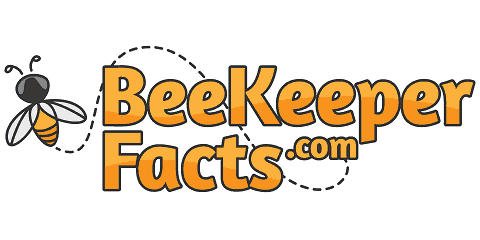How many times can you harvest honey in a year? Is It Capped?
One of the most important aspects of beekeeping is the honey flow. How often can I realistically harvest honey in a season and how much will I get. Like any beekeeper, I want to raise healthy and productive honeybees but, I also want to harvest as much of that delicious honey as possible.
Most beekeepers harvest honey 2-3 times per year/season. Honey is normally harvested between mid June until mid September. How often you harvest depends on your local climate and plant life. Poor weather conditions, disease and pests infiltrating your hives will also affect your harvesting schedule.
Harvesting your honey is one of the most fun and rewarding parts of beekeeping. There are several important factors when planning your harvest that I’ll explain in more detail.
How Often Can I Harvest Honey In A Season
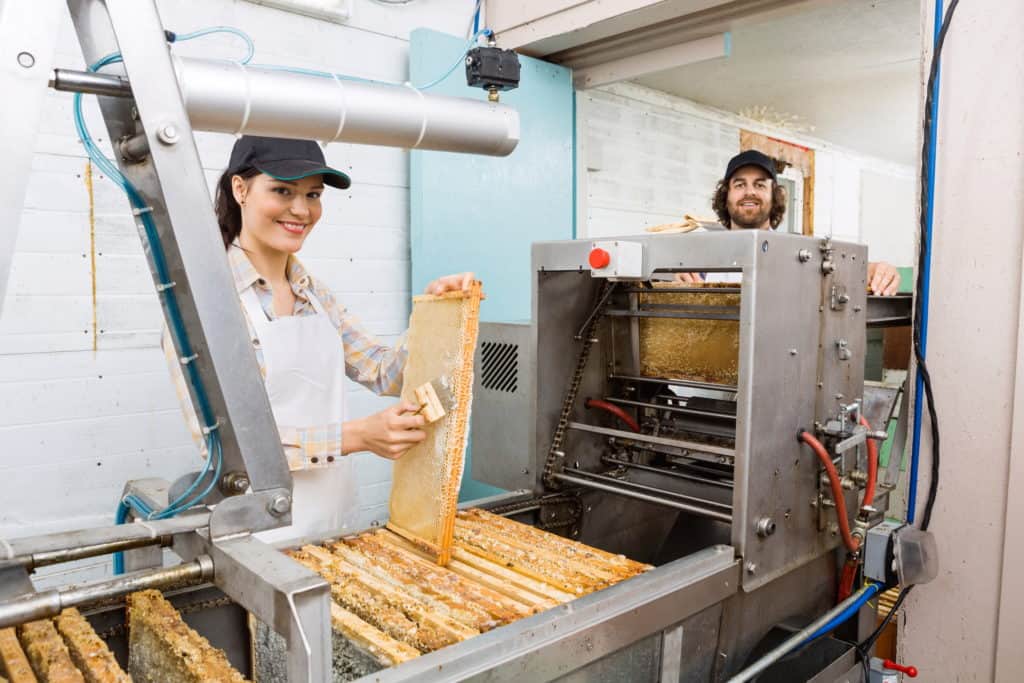
Knowing your best window of time for harvesting is very important and will mean the difference between gathering great tasting honey or honey that could spoil. Like anything in beekeeping, the number of times you can harvest honey in a year varies by your region and weather conditions.
You don’t want to harvest too early because you won’t capitalize on the full amount of honey available. But you don’t want to harvest to late because your risking running into cold weather and taking too much honey without leaving enough for the colony to survive the winter.
You also need to carefully time any chemical treatment you administer your bees for mites and such. When you treat your bees cannot overlap during the honey flow.
Most beekeepers can harvest at least 2-3 times a season between the months of mid June and mid September. In some rare cases, due to local climate, beekeepers can only harvest once per season usually late summer or early fall.
If its your first year of beekeeping with a new colony you won’t likely be able to harvest much honey if any at all. A new honeybee colony needs a full season to build up a large enough population to gather surplus honey.
Beekeepers who harvest honey 3 times a year will usually label it as varietal honey. The label will also include when it was harvested and from what plant life or vegetation.
When the nectar flow is on beekeepers will add supers to the hives in rapid succession allowing the bees to store as much as the flow will allow. When a super is added on to the hive don’t forget to include a queen excluder, you don’t want the queen laying in the frames meant for honey.
Check out this article I wrote all about how long it takes bees to fill a honey super. It’s very helpful for planning when to add your honey supers during a strong honey flow.
Do I Only Harvest Capped Honey
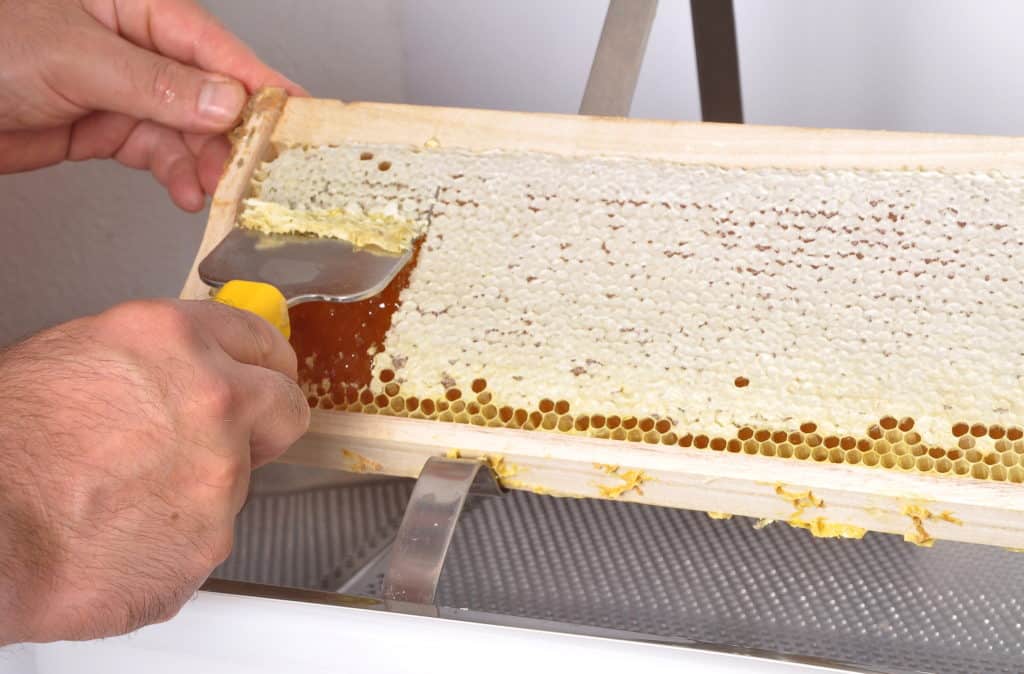
Generally, beekeepers harvest their honey at the conclusion of a substantial nectar flow and when the beehive is filled with cured and capped honey. You need to be careful to not harvest before at least 80% of the frame contains capped honey.
It is recommended to wait until your frame only contains capped honey otherwise you run the risk of your bees no longer producing for the season.
Bees will only cap their honey with fresh pale wax once they’ve fanned the nectar down to 18 percent moisture level. This allows the nectar to fully cure into honey and the capping process is the signal that it can be harvested.
You don’t want to harvest raw honey. Raw honey is the nectar placed in the comb that hasn’t been evaporated down to the final concentration. Its not really honey at this point, just uncured nectar. Attempting to harvest this will produce watery honey and is likely to spoil.
You can measure the moisture level using a refractometer. You can also turn the frame with the cells facing down and give it a gentle shake. If the honey leaks out, it isn’t cured and shouldn’t be extracted.
Beekeepers will only harvest honey from the super (bee box) placed on top of the main hive with a queen excluder between the bottom and top box. Bees will not start filling the super with honey until there main hive (bottom box) are filled with brood and stored honey.
As the bees begin to fill up your supers, you just add more supers on the top to take full advantage of the nectar flow.
In some cases, bees won’t cap the rest of the honey on a frame even though its ready for harvesting. If the honey on your frame has been mostly capped for several weeks and the bees are not capping the rest, then you’re probably ok. But I would air on the side of caution and test the moisture level with a refractometer.
And when it comes to storing your capped honey until its ready to be extracted, I wrote an article all about how long you can keep capped honey before extraction that I would encourage you to read!
Are you looking to buy a honey extractor? Check out this beginners guide to tangential honey extractors that I wrote. This guide will explain what a tangential extractor is, the best methods of use, choosing the correct size, how much they cost, and where to buy one.
How Much Honey Can You Expect From One Hive
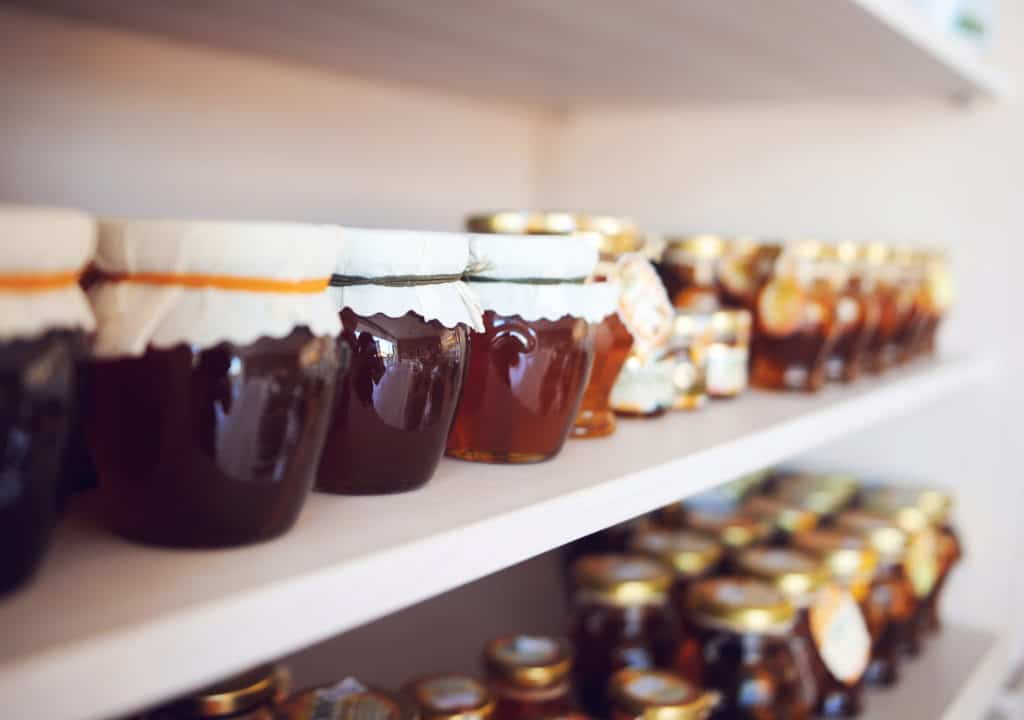
With a traditional 10 frame deep box a strong hive will produce 80 to 100 lbs of honey. A super or medium box is likely to produce 40 to 60 lbs of honey since its smaller than a deep box. Of course, this dependent on how good your honey flow is for that particular year, weather conditions, beehive robbing and temperature.
The amount of honey harvested is also dependent on how established the hive is. New colonies won’t produce much harvestable honey. They take a year to really grow a stable population to produce large amounts of honey. Don’t forget your bees will also need honey to get them through the winter.
And if you want some guidance on selling your honey, hold up for just a bit, I wrote an article all about how much money you can make selling your honey that I encourage you to read!
But, how many actual jars of honey does 10 lbs or even 50 lbs of honey produce? I’ve included a chart below illustrating the average number of 8 oz. or 10 oz. jars you can expect to fill depending on how many pounds of honey you’ve harvested.
| Pounds | Ounces | 8 oz Jars | 10 oz Jars |
|---|---|---|---|
| 10 | 107 | 13 | 10 |
| 20 | 214 | 26 | 21 |
| 30 | 321 | 40 | 32 |
| 40 | 428 | 53 | 42 |
| 50 | 535 | 66 | 53 |
| 60 | 642 | 80 | 64 |
| 70 | 749 | 93 | 75 |
| 80 | 856 | 107 | 85 |
| 90 | 963 | 120 | 96 |
| 100 | 1070 | 133 | 107 |
What Happens To Honey If Not Harvested
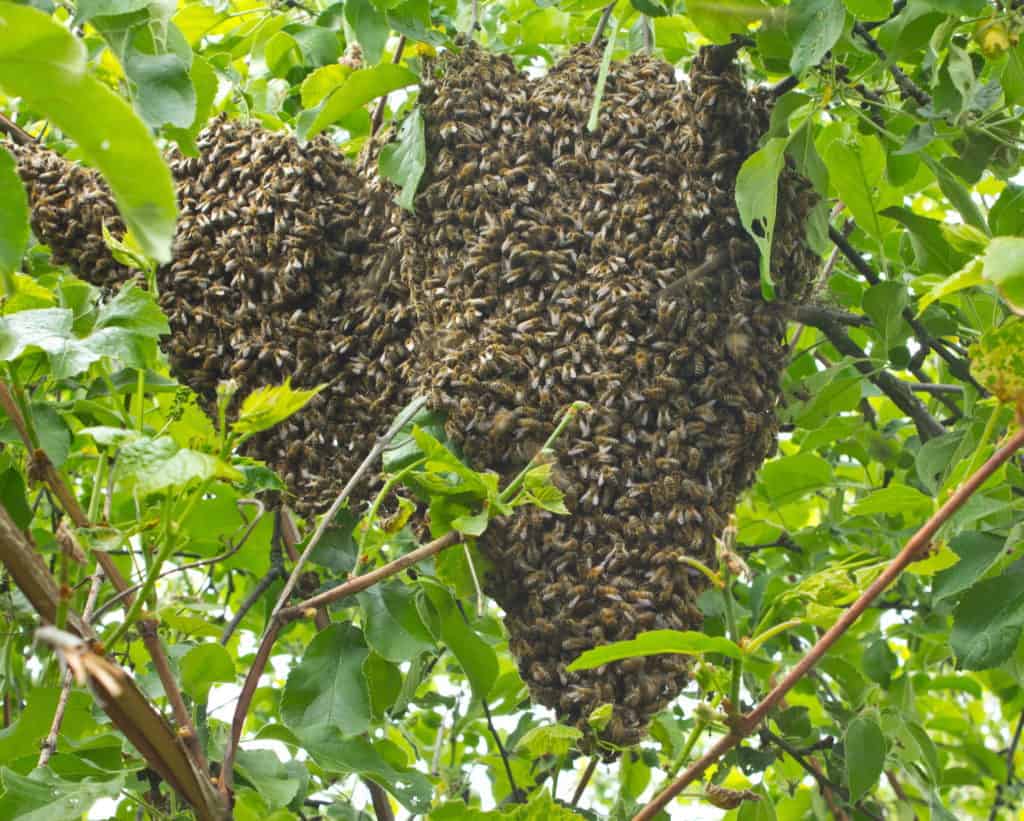
If honey is left in cool weather, it will thicken and granulate, making it impossible to extract from the comb. It will also be consumed by the bees as they begin to prepare for the winter. Due to honeys low moisture content, honey can practically last forever without going bad. Any honey left in the hive sits until its used by the bees.
If you don’t harvest honey and only raise bees because you enjoy it, there is several side effects. As the bee population grows their instinct will be to swarm. The bees build up enough stores and brood and will become overcrowded.
The bees will then swarm and approximately 1/2 of your bees will leave and start a new hive elsewhere. Then your hive will build up capacity again and this cycle will continue.
When bees are overcrowded you also risk attracting more bugs such as ants, wax moths and hive beetles. Not to mention other pests such as skunks and bears attacking the honey filled hive.
I also wrote a more in depth article about if you can keep bees without harvesting honey that I encourage you to read. A lot of beekeepers aren’t interested in harvesting honey but just love having bees in their gardens.
Related Questions
How long can you keep capped honey? You should only keep capped honey away from the hive for no more than 2 days. I recommend leaving your supers until you’re ready to harvest. By pulling frames to early, you increase the likelihood of getting bugs in your honey.
If you have no choice, a good option is to simply put your frames in a deep freeze. Once your ready to extract the honey, simply let them thaw for 2 days (sealed – keep bugs out) then extract your honey. This is a more common practice with hobbyists.
What is a queen excluder? It prevents queens and drones from passing through to other boxes stacked in your hive, usually supers. It is mostly used to keep the queen from laying eggs in the honey supers or deeps during the honey flow harvesting season. I recommend not adding an excluder until you know exactly where your queen is located.
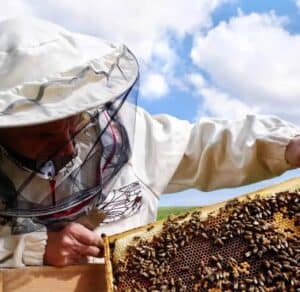
Joseph Davis
My goal is to show that anyone can take up beekeeping and it can be a very rewarding hobby. I strive to share my experiences and answer any questions you may have.
